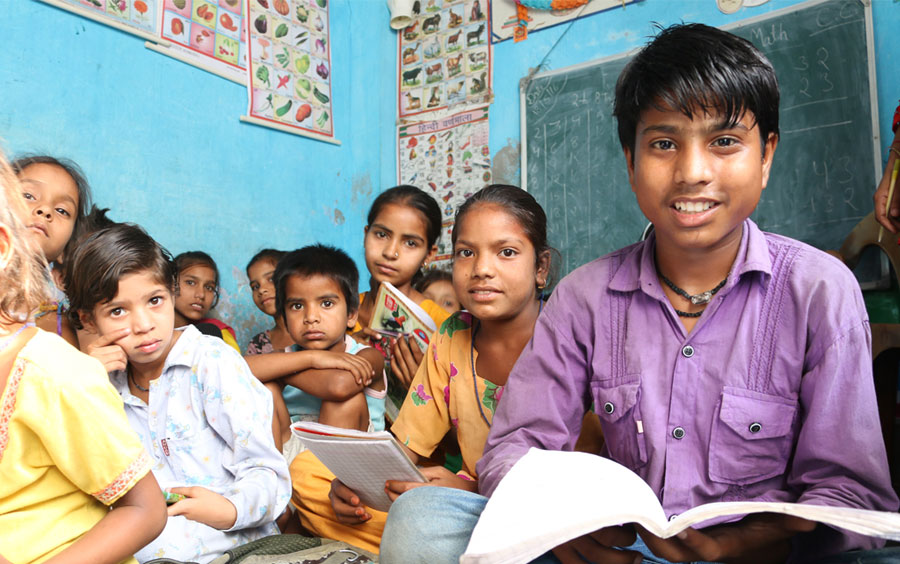What Is the benefit Of NGO For Children Education?
What Is the benefit Of NGO For Children Education?
Non-governmental associations (NGOs) trained oppressed youth in India and produced developments that improve the nature of the necessary instruction.
In this investigation of six NGOs working with young people in India, the manufacturer shows the expected benefits of a governance NGO partnership to meet the broader necessary directive. The manufacturer outlines some areas in which joint efforts may be particularly productive. 1) Targeting youngsters:
The government may also try the efforts of non-governmental organizations to bring instructors, guardians, study hall space and individual properties to schools as appropriate. The guided activity is expected to bring a variety of out-of-student students – individuals who work, individuals who live in the ghetto, people who live in the city, individuals who come from clans or transient families There are individuals, and individuals who live without schools.
To empower the youth, the original students need a stable and continuous position to remain in school. To be attractive and profitable for such children, instructors in government schools can make extraordinary preparations in new techniques created by NGOs.
Quality enhancement: Progress to improve the nature of training requires working closely with leading experts, for example, teachers, school heads; School board councils, and city instruction panels. To build a unit of coaches for primary teachers, teachers preparing for organizations will do well to conduct assessments, and benefit from NGOs of the child education model for instructor preparation. Instructors need areas of information and abilities to successfully show oppressed children.
Here once again, the NGO model will be a helpful tool for trainers preparing organizations. NGOs and legislatures can work together to create an appropriate, and adaptable learning assessment tool, imaginative guidance and learning strategy. In any case, without shields, the enormous scope replication by the legislature of such NGO progress as “elective school” and “intentional instructor” may bring down the nature of training. 3) Government-NGO connects:
The government and NGOs for child education should share a specific view on the most efficient method to complete the general necessary training to come to India for this purpose. Non-governmental organizations may have up to ten partners with arrangements informing the legislature for necessary training. It involves joint efforts, similar to activities by NGOs.
To remain in the front line of instruction, non-governmental organizations must continuously assess and refine their models. On the occasion that non-governmental organizations have to work to instruct, two areas have been disregarded – NGO border building, and should be taken to the official turn of events.
Non-administrative organizations (NGOs) use many systems, for example, open private organizations; Instructor Preparation; Family proficiency; Network contribution, and creating assets for educative segments.
Non-governmental organizations are clearly clear about the way their job is not to suppress the legislature, however, to guarantee that enlightening requirements, primarily in the form of quality, mediocrity, and price, are effective Should be protected from
A significant number of young people in these nations cannot finish primary school and drop it because of the expense of going to class. Many people want to work for their family as they go to class. Subsequently, hardly anyone makes it out of an alternative school nor do many go on to complete an advanced education. The legislature is trying in the absence of the fight for education and non-education, yet the bottlenecks in the structure make this process largely useless. It serves social associations and NGOs.
- Non-governmental organizations can provide monetary help to children who need to be pulled out as a result of the absence of cash. They can also give free instructions at their own cost.
- At that point, some youth do not go to class in light of the troop. NGOs can join these children and show them in their homes.
- Third, another important motivation behind the need for young women to leave school at puberty is due to the absence of legitimate sanitation offices for them in government schools. This issue can be dealt with by non-governmental organizations.
- Fourth, they can likewise aid advanced education for them, because in a nation like India, training is not enough to win work. Utilities are the most important. Therefore they should move towards giving expertise-based instruction.
- Something else that needs to be centered around is mindfulness. Things to keep in mind when giving instructions about well-being, infection, medicine, hygiene, hygiene, and so on.


